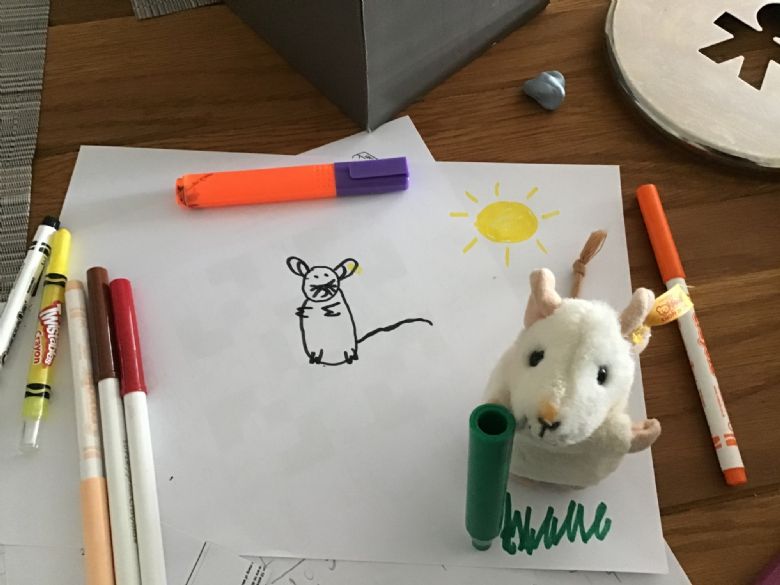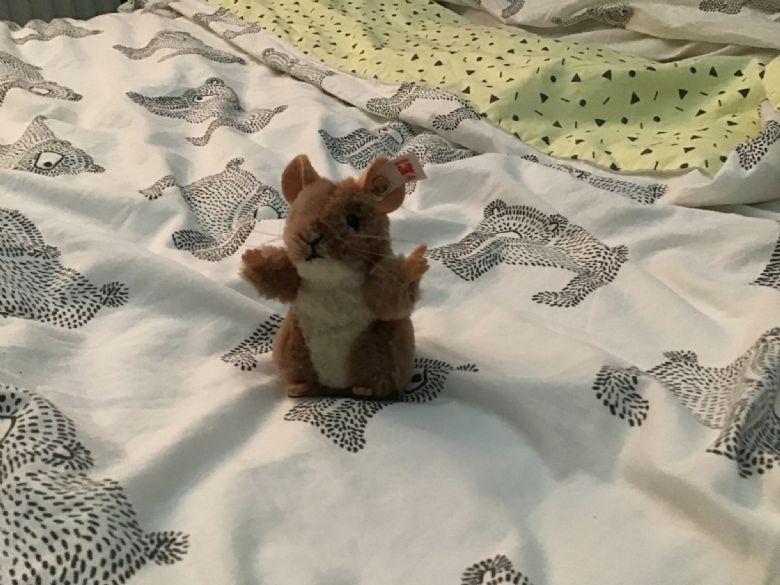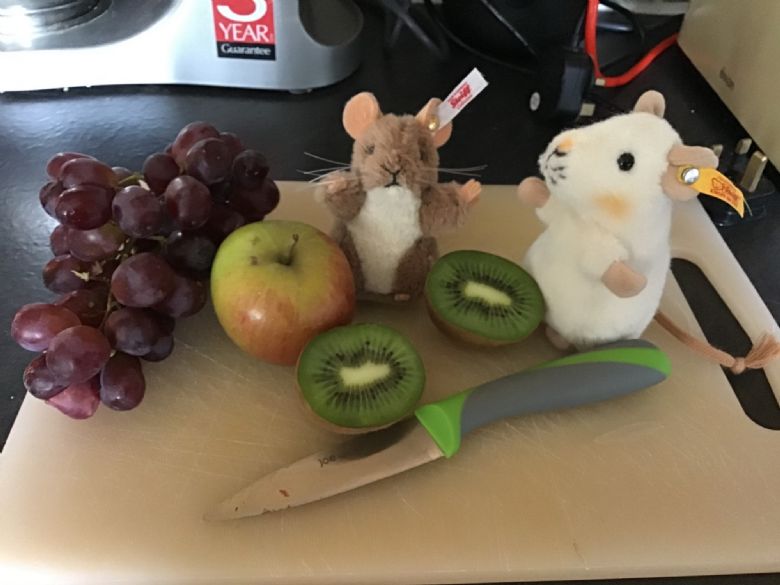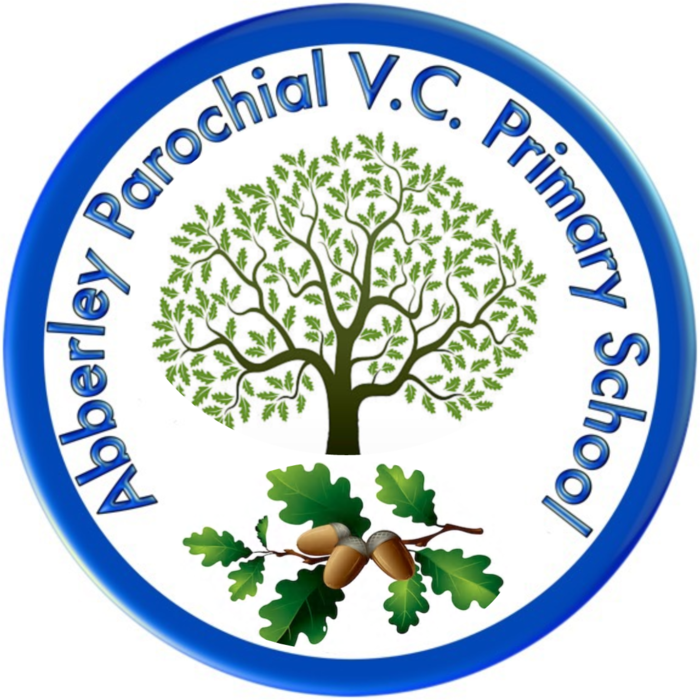Friday 12th June
Hello Wrens
English.
Reception.
Today is Tricky Word Friday! As last week we are going to play our dice game but this week the activities for each number have changed. Roll your dice and complete the tricky word activity which matches the number below.
1. Scavenger hunt. Hide your tricky words around the house and garden. Make sure you read each one carefully as your find them.
2. Outside writing. Practise writing your tricky words outside with chalks or a paintbrush and water. How many can you write?
3. Tricky word trucks. Have a game of tricky word tucks by clicking the link below. Click phase 4 to practise all your tricky words.
4. Choose 3. Choose 3 or your tricky words and see if you can put them in a sentence.
For example, I have some sweets. He was in the bath. When will we have lunch?
For an extra challenge. Can you write the sentence down?
5. Ghost game. Print off 1 set of the tricky word sheets and below and cut up into cards. Put in a cloth bag with the extra cards with the ghosts on them. Take it in turns to pull out and read your tricky words. If you get a ghost card shout BOO!
6. Match. Print off 2 sets of the tricky word sheets attached below and cut up into cards. Use them to have a game of match/pairs. When you find a match write down the tricky word. The person with the most tricky words written down at the end is the winner.
Year 1.
Today we are going to be thinking about adding suffixes to words. A suffix is a group of letters we add to the end of the word to change the word.
Watch the BBC Bitesize video below for a bit more information on suffixes.
Today we are going to focus adding the suffixes ing and ed to words.
If we add ing to a word it shows we are doing it now. We call this the present tense.
Purvis is drawing a picture.

If we add ed to a word it means we have already done it. We call this the past tense.
Mickey Thompson has jumped on the bed.

Sometimes we may need to double the last letter in the word before adding our suffix.
Purvis and Mickey Thompson are cutting some fruit.

Using some of the following words, fill in the gaps from the sentences below. The first one has been done for you.
playing - played - sitting - moved - moving - dancing - danced
1. My friend is sitting next to my parents.
2. I _ _ _ _ _ _ a game with my friends earlier.
3. I went _ _ _ _ _ _ earlier before because it was sunny.
4. Last night I _ _ _ _ _ _ to a new song.
5. My family _ _ _ _ _ _ house last week.
Now have a go at the activity sheets attached below. There is one for the ing suffix and one for the ed suffix.
Maths.
Reception.
Yesterday we learnt how to add two numbers by counting on. Today we are going to be doing some activities to practise this skill.
Click on the links below for 2 online addition games.
In the Blast Off rocket game click on the blue count on or back tab and choose counting on 0 to 20.
There are two further activities attached below to practise your addition by counting on.
- a selection of ladybird themed number sentences to complete
- butterfly add and colour sheet (a choice of adding to 10 or adding to 20)
Year 1.
Today we are going to be applying some of our knowledge of fractions to some problem solving activities. Please work through the powerpoint below and then have a go at one of the activity sheets. As yesterday there are 3 different levels to choose from.
Topic.
This week we have been learning about what the world was like in Victorian times when Florence Nightingale was alive. There are lots of differences between life then and life today.
Today we are going to be thinking about toys. In Victorian times if you were poor you would have had very few toys to play with. If you were rich you would have had toys but they would have looked quite different from the toys we have today. Have a look at the powerpoint below and see if you can spot some of the differences between toys today and toys in Victorian times.
Toys in Victorian times were much simpler and didn't need batteries or electricity to work. Often they were hand made. Today's activity is to have a go at making your own Victorian toy. You can choose from a
- a windmill
- a cup and ball
- a thaumatrope
- a spinning top
All the instructions are included below. It would be lovely if you could send us a photo of what you have made.
Have fun.
Mrs Lightfoot (and Purvis and Mickey Thompson)
